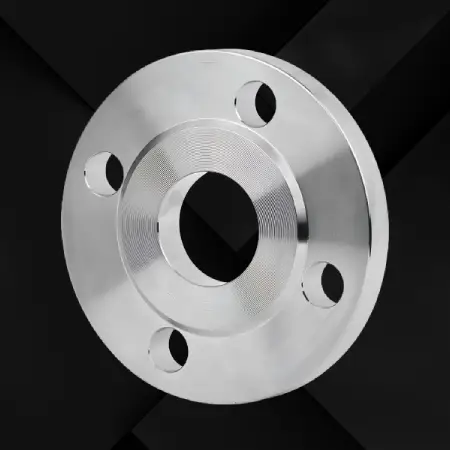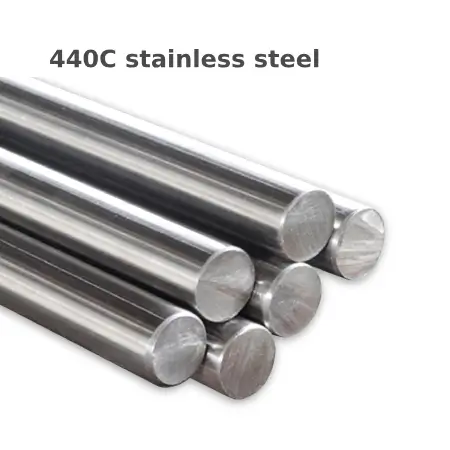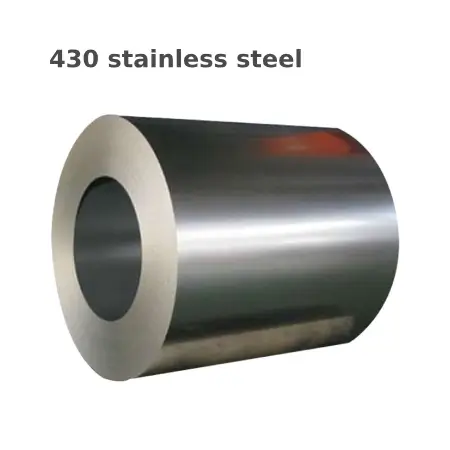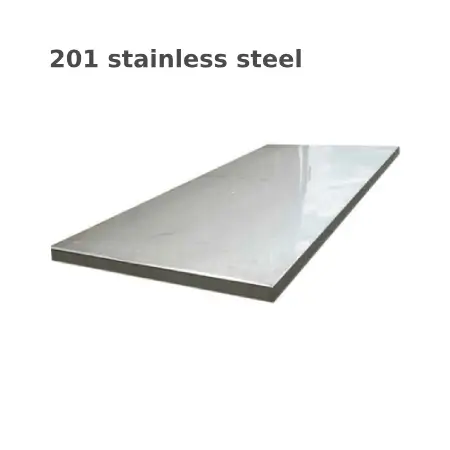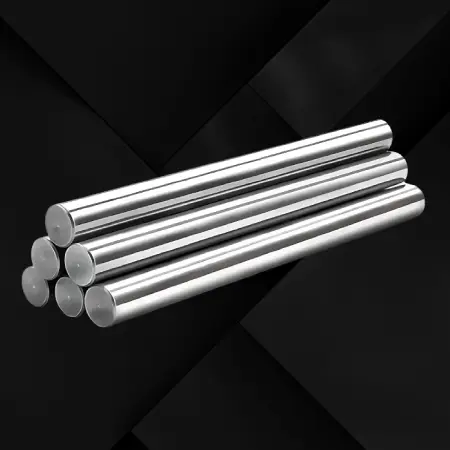Stainless steel flanges are precision-engineered parts used to create strong, sealed connections between pipes, valves, pumps, and other equipment in various industrial systems. They provide a mechanism for connecting, maintaining, or isolating sections of a pipeline that are similarly fitted to stainless steel pipes.
Introduction to Stainless Steel Flanges
Definition: A stainless steel flange is a disk-shaped part that is welded or bolted to the end of a pipe or tube to secure connections with other pipes, valves, or equipment. It has a raised face (flat, raised face, or high hub) and bolt holes for securing the connection.
Material Composition: Made primarily from stainless steel, the flanges provide high corrosion resistance due to a minimum of 10.5% chromium content. Common alloy grades include 304. 316. and duplex stainless steel, each offering different levels of strength and corrosion resistance.
Types: Flanges can be classified into various types such as slip-on, weld-neck, socket-weld, threaded, lap joint, and blind flanges, each with its own specific purpose and method of attachment.
Applications: Used extensively in industries such as chemical, petrochemical, food processing, pharmaceutical, oil and gas, marine, and construction for connecting or sealing pipeline systems.
Advantages: Stainless steel flanges are known for their durability, high strength, flexibility, and resistance to corrosion in many environments. They can also be easily cleaned and sanitized, suitable for use in hygienic conditions.
Standards: They are manufactured and classified according to international standards such as ASME/ANSI, DIN, JIS, EN, and other industry-specific standards to ensure uniformity and quality.
Sizing: Available in various sizes, ranging from small diameters for intricate plumbing systems to large diameters for heavy industrial use.
Pressure Ratings: Stainless steel flanges are rated for different pressures such as Class 150. 300. 600. 900. 1500. and 2500. depending on the requirements of the system they are intended for.
Finishing: Flanges may have a raw (mill) finish, polished, or coated surface, depending on the required appearance and functionality.
Manufacturing Process: Stainless steel flanges are typically manufactured using forging, casting, or rolling methods, ensuring precise dimensions and tolerances.
Installation: During installation, they are connected to the pipe or other flange using bolts and corresponding nuts and washers for a secure and leak-proof joint.
Maintenance: Low-maintenance requirement, with occasional cleaning and inspection to ensure the connection remains secure and to prevent corrosion buildup.
Safety: Stainless steel flanges are designed with safety in mind, ensuring that they can withstand the pressure of the system without failure, provided they are properly installed and maintained.
Stainless steel flanges are a critical component in fluid transportation systems, ensuring that connections are strong, leak-free, and corrosion-resistant. Their versatility allows them to be used in a wide range of industries and applications where the integrity of the pipeline is paramount.

